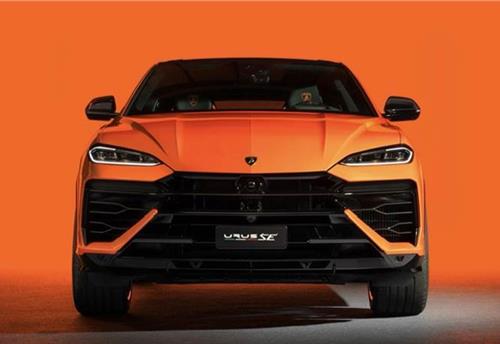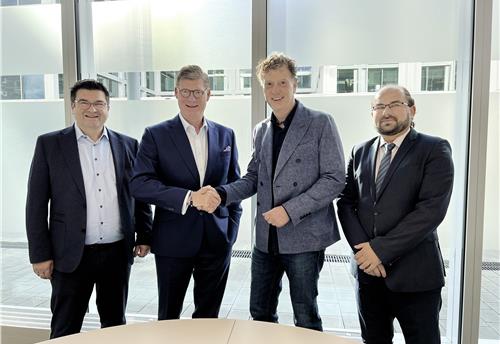Ricardo partners AEC for lightweight solutions for automakers using 3D composites
Automakers are incorporating a variety of new and advanced materials to reduce the weight of vehicle structures and components as they work to reduce carbon emissions and improve passenger safety.
Automakers are incorporating a variety of new and advanced materials to reduce the weight of vehicle structures and components as they work to reduce carbon emissions and improve passenger safety.
Aerospace composite supplier Albany Engineered Composites (AEC) and automotive engineering and consulting company Ricardo have announced that they have entered into a collaborative partnership to provide composite body, chassis and other structural components to the automotive industry.
Albany Engineered Composites has demonstrated expertise in the state-of-the-art design and manufacturing of composite parts noted for their impact and damage tolerance in the aerospace market. As a world leader in passenger car and commercial vehicle design with car manufacturers and their suppliers, Ricardo will collaborate with Albany Engineered Composites to grow the use of proven advanced aerospace composites within the global automotive industry.
“We’re excited to leverage our experience with 3D and other advanced composite technologies in the automotive industry. The ability to lightweight with durability has been a technology enabler for our aerospace customers, and we believe our partnership with Ricardo can deliver the same technology advances to automotive customers,” says Brian Coffenberry, vice-president of business development for research & technology at AEC.
Under the terms of the agreement, Ricardo and Albany Engineered Composites will jointly explore the use of AEC technologies like 3D composites for providing the stiffness, strength, durability and energy absorption necessary to lightweight applications such as crash structures. Often these structures are made of metal and are difficult to replace with a lighter weight materials while maintaining performance requirements. The synergies available from the AEC-Ricardo collaboration will be particularly attractive to automotive manufacturers and Tier 1 suppliers that want to reduce body and chassis mass, while also maintaining vehicle structural and safety performance.
“The agreement announced is excellent news for our global automotive customers as we work to find further weight reductions in vehicles to meet future CO2 reductions,” says Ricardo chief operating officer Mark Garrett. “As industry experts forecast significant reductions in the cost of carbon composites, along with continuous improvements in related manufacturing cycle times, this becomes an attractive solution for the structural components of future global car platforms. The combination of Ricardo’s automotive engineering capabilities and Albany Engineered Composites technology, design and manufacturing capabilities should provide a unique opportunity to speed the implementation of advanced lightweighting solutions for our customers.”
RELATED ARTICLES
Lamborghini unveils Urus SE ahead of Auto China 2024
Electric-only range of 60km helps reduce emissions by 80%.
ZF to display next-gen e-axle for low-floor city buses at Busworld Turkiye 2024
The AxTrax 2 LF is available with a continuous output of up to 360 kW and a peak torque of up to 37,300 Nm.
Daimler Buses and BMZ Poland to develop next-gen NMC4 electric bus batteries
The new battery generation NMC4 – succeeding the current NMC3 technology – will combine high energy density, resulting i...





 By Autocar Pro News Desk
By Autocar Pro News Desk
 10 Feb 2015
10 Feb 2015
 2345 Views
2345 Views









